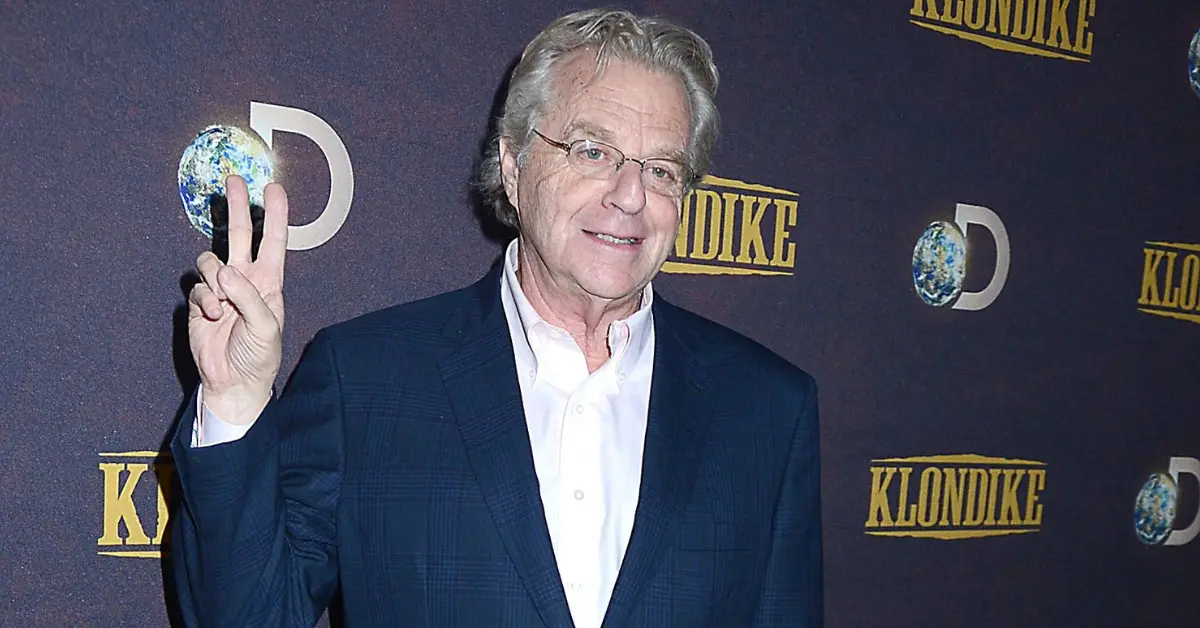Television, the ubiquitous medium of the 20th century, has seen its fair share of controversial figures pushing the boundaries of decency and entertainment. While Jerry Springer may be the poster child for sensationalism, the roots of shock television delve deeper into history. Before Springer’s iconic “Jerry! Jerry! Jerry!” chants echoed through living rooms, predecessors paved the way, laying the groundwork for the spectacle that captivated audiences. In this exploration, we delve into the evolution of shock television, tracing its origins and examining the contributions of those who came before Jerry Springer.
The Genesis: From Candid Cameras to Candid Conversations
Before the advent of reality television as we know it today, early pioneers dabbled in shocking content, albeit in subtler forms. Shows like Allen Funt’s “Candid Camera,” which debuted in the 1940s, laid the foundation for capturing genuine human reactions in contrived scenarios. While not as explicit or confrontational as later shock TV, “Candid Camera” set the stage for the voyeuristic nature that would become a hallmark of the genre.
Transitioning from playful pranks to more candid conversations, Phil Donahue emerged as a trailblazer in daytime talk shows during the 1970s. Donahue’s willingness to broach taboo topics and invite diverse voices into the conversation challenged the conventions of television. His show tackled issues ranging from feminism to homosexuality, breaking new ground and paving the way for future hosts to delve into controversial subject matter.
The Rise of Tabloid Television: Geraldo Rivera and Morton Downey Jr.
As the 1980s dawned, television underwent a seismic shift with the emergence of tabloid television. Geraldo Rivera, with his eponymous show “Geraldo,” became synonymous with sensationalism, pushing the boundaries of acceptable content. Rivera’s penchant for provocative topics, from neo-Nazis to satanic cults, garnered both acclaim and criticism, but undeniably captivated audiences hungry for the sensational.
Meanwhile, Morton Downey Jr., the bombastic host of “The Morton Downey Jr. Show,” brought a confrontational style to the forefront. His in-your-face approach, coupled with a relentless pursuit of controversy, made for riveting television. Downey’s willingness to engage in heated debates and confrontations with guests set a precedent for the combative nature of future shock TV hosts.
The Emergence of Jerry Springer: Mastering the Art of Spectacle
Amidst the landscape of tabloid television, one figure rose to unparalleled prominence: Jerry Springer. With his eponymous show, “The Jerry Springer Show,” Springer perfected the art of chasing ratings through shocking content. Transitioning from a traditional talk show format to one characterized by on-stage brawls, infidelity revelations, and outlandish behavior, Springer redefined the boundaries of what was deemed acceptable on daytime television.
Springer’s formulaic approach, marked by sensationalism and spectacle, proved wildly successful, attracting both devoted viewers and fervent critics. His show became a cultural phenomenon, spawning catchphrases, imitators, and even academic discourse on its societal impact. While Springer may have courted controversy like no other, his predecessors laid the groundwork, shaping the landscape for his reign as the king of shock television.
The Legacy of Shock Television: Impact and Reflections
The legacy of shock television, embodied by figures like Jerry Springer, extends far beyond entertainment value. Critics decry its exploitative nature, arguing that it sensationalizes human suffering for the sake of ratings. Yet, proponents defend its role as a reflection of society’s voyeuristic tendencies and a platform for marginalized voices.
As we reflect on the evolution of shock television, it’s crucial to acknowledge its complexities and nuances. While Jerry Springer may have perfected the art of chasing ratings, his predecessors paved the way, leaving an indelible mark on the cultural landscape. Whether celebrated or condemned, shock television remains a compelling and controversial chapter in the annals of television history.
Conclusion: Navigating the Boundaries of Acceptability
In the ever-evolving landscape of television, shock value has become both a commodity and a point of contention. From the pioneers who dared to push the envelope to the reigning king of shock television, each figure has left an indelible imprint on the medium. While the pursuit of ratings may drive the industry, it’s essential to question the ethical implications of sensationalism and consider the broader societal ramifications.
As we navigate the boundaries of acceptability in entertainment, we must confront the uncomfortable truths that shock television reveals about human nature. While the allure of spectacle may be irresistible, it’s imperative to tread carefully and critically evaluate the impact of our consumption choices. In doing so, we can strive to elevate the discourse and demand more from the media we consume.
